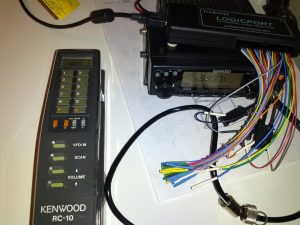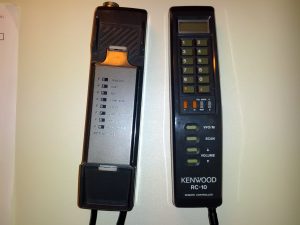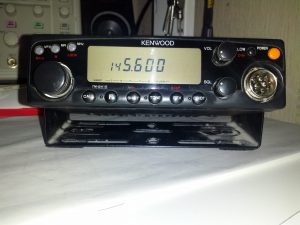First steps…
Ludo | 18 septembre 2012 |
The LA1034 is now connected to the MIC plug. The communication protocol seems to be SPI, at least that how I’m decoding it with the « Synchronous Serial » interpreter. The frequency can be easily identified but there are still lots of things to discover:  09/19/2012: One more evening spent playing with the RC-10. I’ve found how to set the TM-241E to correctly send the frequency to the RC-10, but it disables all other informations in the data frame. At least I know my RC-10 is not faulty, the TM-241E seemed to use the RC-20 protocol to send the data out, which caused the erroneous frequency on the RC-10’s LCD. Now that I have almost all data frames I think I can start to write the protocol specifications. I’ve also found hidden functions on the RC-10. I’ll post all that stuff in a PDF ASAP. 09/21/2012: I’ve finally had some time to write some description of the protocol. This is still a draft though. Protocol Specifications |







